Home>Furniture & Design>Interior Design Trends>How To Break Glass Cleanly
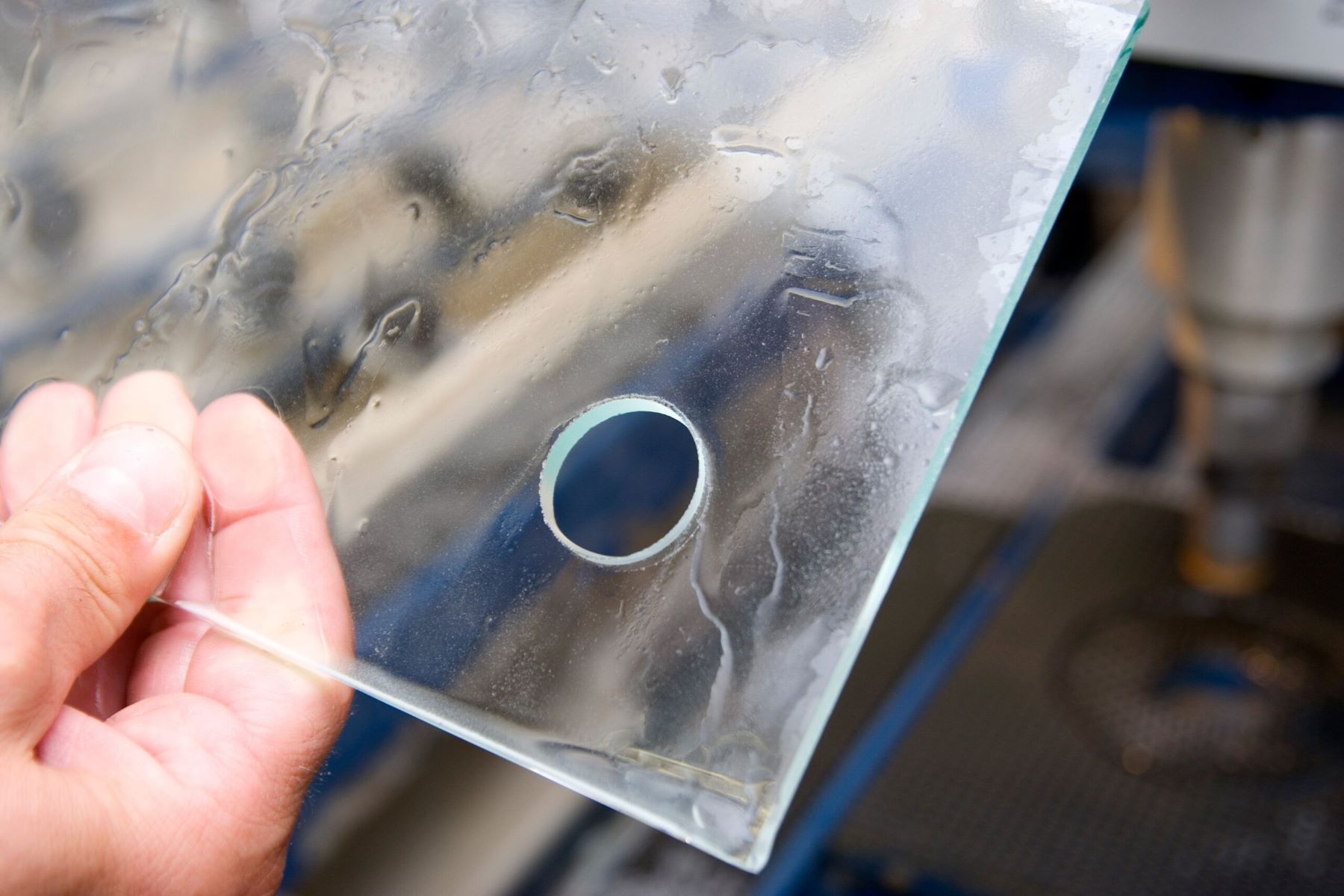

Interior Design Trends
How To Break Glass Cleanly
Modified: March 25, 2024
Learn the latest interior design trends and discover how to break glass cleanly for a modern and elegant touch to your space. Explore innovative techniques and expert tips.
(Many of the links in this article redirect to a specific reviewed product. Your purchase of these products through affiliate links helps to generate commission for Storables.com, at no extra cost. Learn more)
Introduction
Breaking glass cleanly is a skill that can be incredibly useful in various situations, whether you're working on a DIY project, crafting stained glass, or simply need to replace a broken window pane. While the idea of breaking glass may seem daunting, mastering the technique can make the process surprisingly straightforward and efficient. In this comprehensive guide, we will delve into the art of breaking glass cleanly, covering everything from understanding the properties of glass to choosing the right tools and applying the correct technique. By the end of this article, you will have the knowledge and confidence to break glass cleanly with precision and finesse. So, let's embark on this journey to unravel the secrets of mastering the art of breaking glass cleanly.
Key Takeaways:
- Master the art of breaking glass cleanly by understanding its properties, choosing the right tools, and applying the correct technique. Prioritize safety to achieve professional results in DIY projects or stained glass crafting.
- Prepare the glass surface meticulously, apply controlled pressure, and adapt techniques for different glass types. Prioritize safety with protective gear and secure work areas for successful and safe glass-breaking endeavors.
Read more: How To Break The Glass Ceiling
Understanding the Properties of Glass
Glass, a versatile and ubiquitous material, possesses unique properties that significantly influence how it breaks. Understanding these properties is crucial for achieving clean and precise glass breaks.
Composition and Structure
Glass is primarily composed of silica, soda ash, and limestone, fused at high temperatures to form an amorphous, non-crystalline structure. This molecular arrangement renders glass rigid and brittle, making it susceptible to fractures when subjected to stress.
Stress Distribution
When force is applied to glass, it distributes the stress throughout its structure. This stress distribution can cause the glass to break in unpredictable patterns, often resulting in jagged edges and shards. Recognizing this behavior is essential for controlling the break and achieving a clean outcome.
Annealing
The annealing process, which involves slowly cooling the glass to relieve internal stresses, influences its strength and resilience. Properly annealed glass is less prone to spontaneous breakage and exhibits more predictable fracture patterns, facilitating cleaner breaks.
Read more: How To Break Thick Glass
Types of Glass
Different types of glass, such as tempered, laminated, and annealed, exhibit varying fracture behaviors due to their unique manufacturing processes and structural compositions. Understanding these distinctions is crucial for selecting the appropriate technique and tools for breaking each type of glass cleanly.
Surface Tension
The surface tension of glass, resulting from its molecular structure, affects how it responds to external forces. Recognizing the role of surface tension is essential for applying the correct technique to manipulate and control the break, ultimately leading to cleaner edges and minimized debris.
By comprehending these fundamental properties of glass, you can approach the process of breaking glass with a deeper understanding of its behavior, enabling you to execute the technique with precision and achieve clean, predictable breaks.
Choosing the Right Tools
Selecting the appropriate tools is paramount when aiming to break glass cleanly. The right tools not only facilitate the process but also contribute to the precision and safety of the operation. Here's a detailed exploration of the essential tools for breaking glass cleanly:
Glass Cutter
A high-quality glass cutter is indispensable for achieving clean and controlled breaks. These specialized tools feature a small, hardened steel wheel that scores the glass surface, creating a controlled weak point for the break. When selecting a glass cutter, consider the wheel's quality, as a sharp and durable wheel is essential for creating a precise scoreline.
Read more: How To Safely Break Glass
Pliers or Running Pliers
Pliers, particularly running pliers designed for glasswork, are essential for cleanly breaking the scored glass along the desired line. These tools provide a firm grip on the glass, allowing for controlled pressure to be applied precisely along the scored line, resulting in a clean break.
Breaking Pads or Grozing Pliers
Breaking pads, also known as grozing pliers, are used to nibble away at the edges of the scored glass, refining and smoothing the edges after the initial break. This step is crucial for achieving a clean and polished edge, especially when working on intricate glasswork or stained glass projects.
Safety Equipment
Prioritizing safety, especially when working with glass, is imperative. Safety goggles, gloves, and a sturdy work surface are essential for protecting yourself and ensuring a secure environment during the glass-breaking process. Safety should always be the foremost consideration when selecting tools and equipment for this task.
Oil Cutter
In certain applications, such as cutting thick or intricate glass pieces, an oil cutter can be advantageous. This specialized tool features a reservoir that dispenses cutting oil, reducing friction and facilitating smoother, cleaner cuts on challenging glass surfaces.
Read more: How To Break Bulletproof Glass
Glass Breaker Tool
For thicker glass or specific projects, a glass breaker tool can be beneficial. This tool is designed to apply controlled pressure to the scored line, aiding in cleanly breaking thicker or more resilient glass pieces.
By carefully selecting and utilizing the appropriate tools for breaking glass cleanly, you can enhance precision, minimize the risk of accidents, and achieve polished, professional results in your glasswork endeavors.
Preparing the Glass Surface
Preparing the glass surface is a critical step that sets the foundation for achieving a clean and precise break. Proper preparation not only enhances the effectiveness of the subsequent breaking process but also contributes to the overall safety and quality of the outcome. Here's a detailed exploration of the essential steps for preparing the glass surface:
Cleaning the Glass
Before initiating the breaking process, it is crucial to ensure that the glass surface is clean and free from any debris or contaminants. Use a mild glass cleaner or a solution of water and vinegar to thoroughly clean the surface. Removing dirt, dust, and oils from the glass not only promotes a smoother cutting and breaking process but also minimizes the risk of imperfections in the break.
Marking the Cutting Line
Using a marker or a glass pencil, carefully mark the cutting line on the glass surface. This step is particularly important when precision cuts or specific dimensions are required. When breaking larger glass pieces, such as window panes or mirrors, precise markings serve as a guide for scoring and breaking the glass accurately along the intended line.
Read more: How To Break Glass Quietly
Applying Masking Tape
For certain projects, especially those involving delicate or decorative glasswork, applying masking tape along the cutting line can help minimize chipping and splintering during the breaking process. The tape acts as a protective barrier, reducing the likelihood of the glass edges becoming jagged or uneven. When the tape is removed after the break, it reveals a cleaner and more polished edge.
Ensuring a Stable Work Surface
Securing the glass on a stable and level work surface is essential for safety and precision. A dedicated workbench or a sturdy table provides the necessary support for the glass during the breaking process. Additionally, using clamps or suction cups to secure the glass in place can prevent unintended movement, ensuring that the break occurs exactly where intended.
Checking for Flaws or Weaknesses
Before proceeding with the break, carefully inspect the glass for any flaws, cracks, or inherent weaknesses. Identifying and addressing such imperfections beforehand can prevent unexpected fractures or irregular breaks. It is advisable to handle the glass with care and attention to detail, especially when working with recycled or salvaged glass pieces.
By meticulously preparing the glass surface through cleaning, marking, applying protective measures, and ensuring stability, you can set the stage for a successful and clean break. These preparatory steps not only contribute to the overall quality of the finished glasswork but also enhance safety and precision throughout the breaking process.
Applying the Correct Technique
Mastering the correct technique is pivotal for achieving clean and precise glass breaks. The process involves a series of deliberate and controlled actions that leverage the inherent properties of glass to facilitate a clean break. Here's a detailed exploration of the essential steps and techniques for applying the correct approach to breaking glass cleanly:
Read more: How To Break Tempered Glass
Scoring the Glass
Using a high-quality glass cutter, firmly and steadily score the glass surface along the intended cutting line. Apply consistent pressure to create a distinct and uniform scoreline. The score should extend from one edge of the glass to the other, ensuring that it defines the precise path for the subsequent break. A steady hand and a smooth, uninterrupted motion are crucial for achieving a clean and effective score.
Applying Controlled Pressure
Once the glass is scored, carefully position the running pliers over the scoreline, ensuring that the jaws of the pliers align with the scored mark. Apply gentle and even pressure to the pliers, gradually exerting force to encourage the glass to break along the scored line. It is essential to maintain steady and controlled pressure, allowing the glass to yield to the predetermined weak point created by the score. This deliberate approach minimizes the risk of irregular breaks and promotes clean, predictable fractures.
Nibbling and Refining
After the initial break, use breaking pads or grozing pliers to nibble away any rough or jagged edges along the newly formed break. This step is crucial for refining the edge and ensuring a smooth, clean finish. By carefully removing any protrusions or imperfections, the edge of the glass can be polished to achieve a professional and pristine result.
Adjusting the Technique for Different Glass Types
It's important to note that different types of glass may require slight adjustments to the breaking technique. For instance, tempered glass necessitates a more controlled and deliberate approach due to its enhanced strength and fracture resistance. Similarly, laminated glass, composed of multiple layers, may require additional steps to cleanly separate the layers without compromising the integrity of the material. Understanding the unique characteristics of each glass type and adapting the technique accordingly is essential for consistently achieving clean and precise breaks.
Read more: How To Break Car Glass With Salt
Ensuring Precision and Patience
Throughout the entire process, precision and patience are paramount. Maintaining a steady hand, applying controlled pressure, and attentively refining the edges contribute to the overall cleanliness of the break. Rushing or applying excessive force can lead to unpredictable fractures and irregular edges, detracting from the desired clean outcome.
By meticulously following these techniques and adapting them to suit the specific characteristics of the glass being worked on, you can consistently achieve clean and precise breaks, resulting in polished and professional glasswork.
Safety Precautions
Prioritizing safety is paramount when engaging in any activity involving glass, especially when breaking it. Implementing the appropriate safety precautions not only safeguards against potential hazards but also promotes a secure and controlled environment for executing the glass-breaking process. Here's an in-depth exploration of the essential safety precautions to observe when breaking glass:
Protective Gear
Wearing appropriate protective gear is fundamental to mitigating the risks associated with breaking glass. Safety goggles or glasses provide essential eye protection, shielding against potential shards or splinters that may result from the break. Additionally, durable work gloves offer crucial hand protection, reducing the likelihood of cuts or abrasions during handling and manipulation of the glass.
Secure Work Area
Establishing a secure and organized work area is essential for minimizing the risk of accidents and ensuring a controlled environment for breaking glass. Clear the workspace of any unnecessary clutter or obstacles, providing ample room to maneuver and handle the glass safely. Additionally, ensuring a stable and level work surface, such as a dedicated workbench, contributes to the overall safety and precision of the glass-breaking process.
Read more: What Breaks Bulletproof Glass
Proper Handling Techniques
Adhering to proper handling techniques when working with glass is crucial for preventing accidents and minimizing the risk of injury. Always handle glass with care and attentiveness, avoiding sudden movements or rough handling that may lead to unintended breakage. When transporting or positioning the glass, use both hands to provide stable support and maintain control over the material.
Controlled Force Application
Applying controlled and deliberate force during the glass-breaking process is essential for minimizing the risk of unpredictable fractures and ensuring a clean break. Avoid excessive force or sudden impacts, as these can lead to unintended shattering or irregular breaks. Instead, apply gradual and consistent pressure, leveraging the inherent properties of glass to facilitate a controlled and predictable fracture along the scored line.
Proper Disposal of Waste
After breaking the glass, it is imperative to handle and dispose of the waste material with caution and responsibility. Collect any glass shards or debris using appropriate tools, such as a broom and dustpan, and carefully place them in a designated waste container. Ensuring proper disposal minimizes the risk of accidental cuts or injuries resulting from mishandling of the glass waste.
By diligently observing these safety precautions, you can create a secure and controlled environment for breaking glass, mitigating potential risks and promoting a safe and successful glass-breaking process. Prioritizing safety not only safeguards against accidents and injuries but also contributes to the overall efficiency and quality of the glasswork endeavor.
Conclusion
Mastering the art of breaking glass cleanly is a valuable skill that empowers individuals to undertake a diverse range of projects with precision and finesse. Throughout this comprehensive guide, we have delved into the fundamental aspects of breaking glass cleanly, encompassing an understanding of glass properties, the selection of appropriate tools, meticulous surface preparation, the application of correct techniques, and the prioritization of safety precautions. By assimilating this knowledge and applying it in practice, individuals can confidently approach glass-breaking tasks with the assurance of achieving clean, predictable, and professional results.
Understanding the properties of glass, including its composition, stress distribution, annealing, and surface tension, provides a foundational comprehension of how glass behaves under stress. This knowledge equips individuals with the insight to anticipate and control the fracture patterns, ultimately leading to cleaner breaks. Furthermore, the selection of the right tools, such as high-quality glass cutters, pliers, breaking pads, and safety equipment, ensures that the glass-breaking process is facilitated with precision and safety at the forefront.
Meticulously preparing the glass surface, from thorough cleaning and marking the cutting line to ensuring stability and checking for flaws, sets the stage for a successful and clean break. These preparatory steps not only enhance the effectiveness of the subsequent breaking process but also contribute to the overall safety and quality of the outcome. Additionally, applying the correct technique, including scoring the glass, applying controlled pressure, nibbling, and adjusting the approach for different glass types, is pivotal for consistently achieving clean and precise breaks.
Prioritizing safety throughout the glass-breaking process, from wearing protective gear and securing the work area to employing proper handling techniques and controlled force application, creates a secure and controlled environment. By adhering to these safety precautions, individuals can mitigate potential risks and ensure a safe and successful glass-breaking endeavor.
In conclusion, mastering the art of breaking glass cleanly is a multifaceted endeavor that combines knowledge, skill, and attention to detail. By embracing the insights and techniques presented in this guide, individuals can embark on glass-breaking tasks with confidence, knowing that they possess the expertise to achieve clean, precise, and professional results. Whether it's crafting stained glass, replacing a window pane, or engaging in creative DIY projects, the ability to break glass cleanly is a valuable asset that empowers individuals to bring their visions to life with finesse and proficiency.
Frequently Asked Questions about How To Break Glass Cleanly
Was this page helpful?
At Storables.com, we guarantee accurate and reliable information. Our content, validated by Expert Board Contributors, is crafted following stringent Editorial Policies. We're committed to providing you with well-researched, expert-backed insights for all your informational needs.
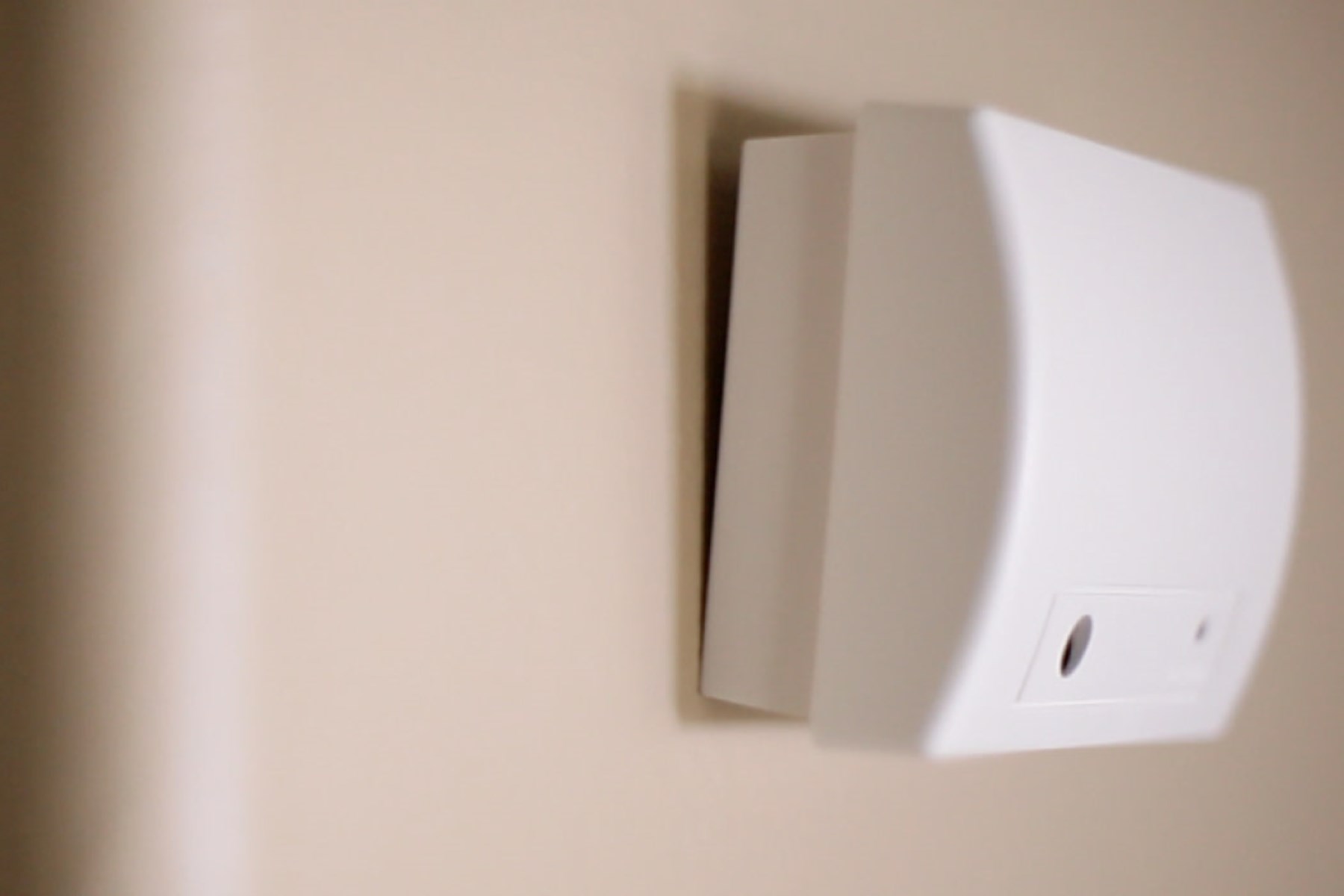
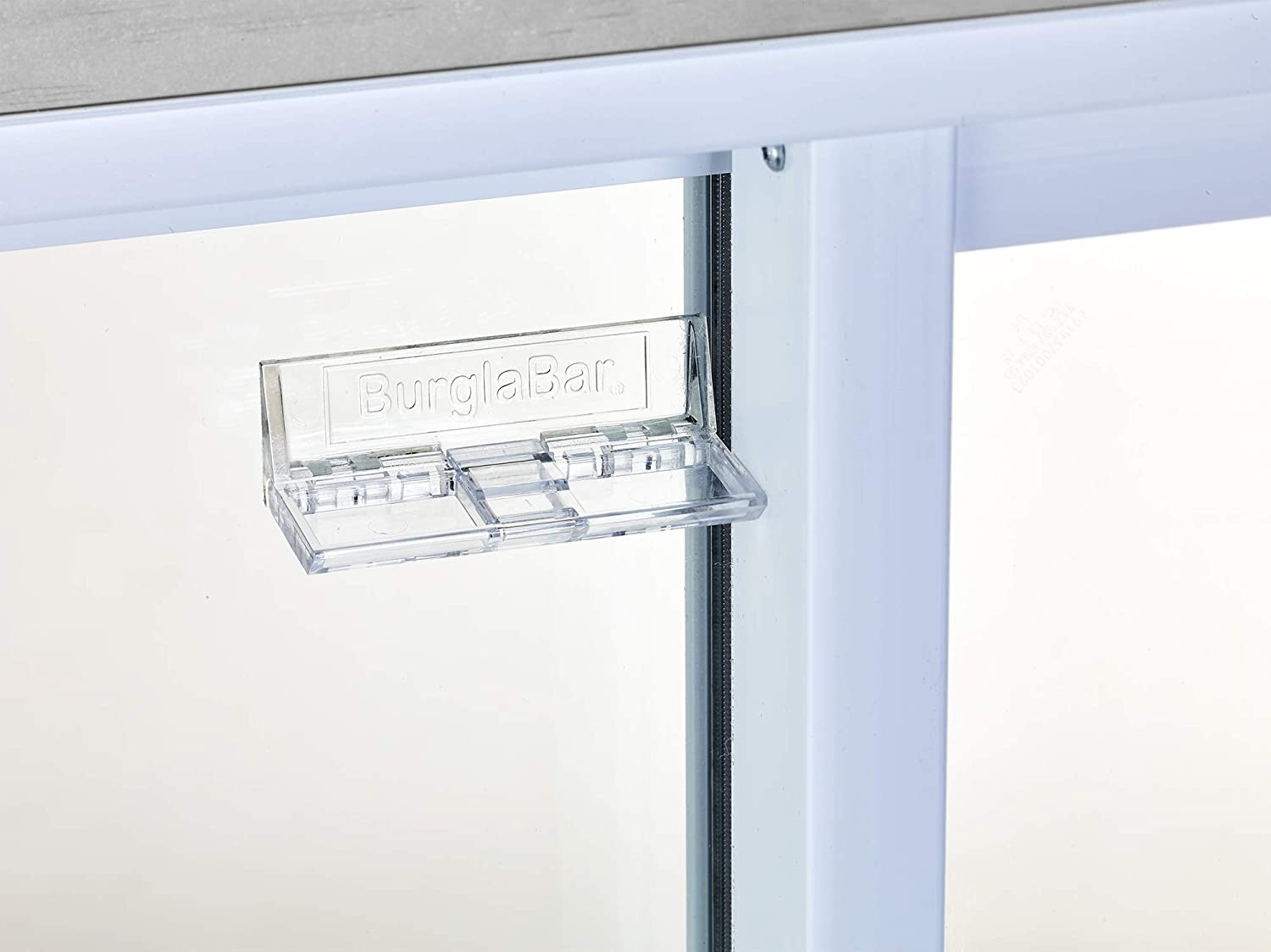
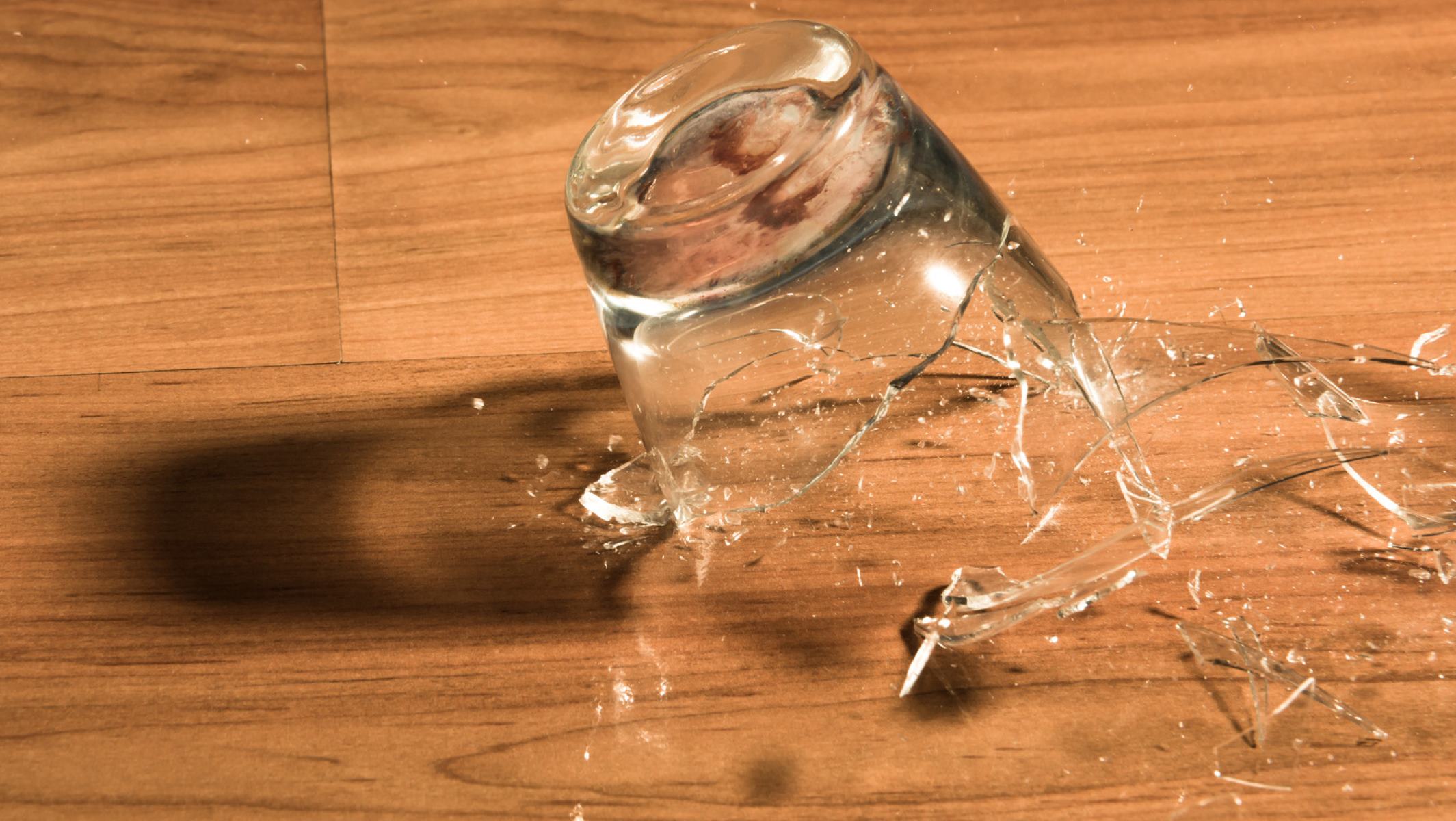
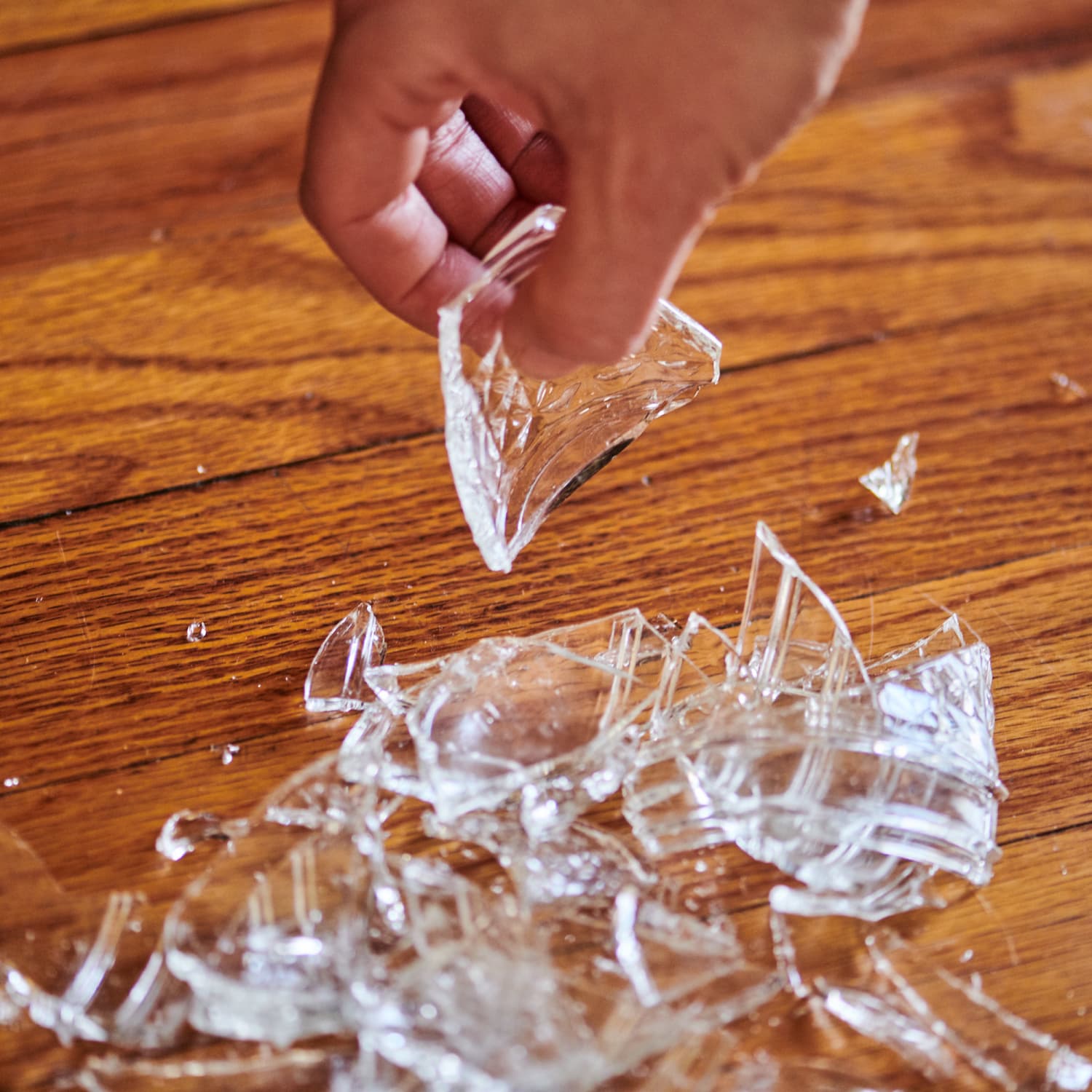

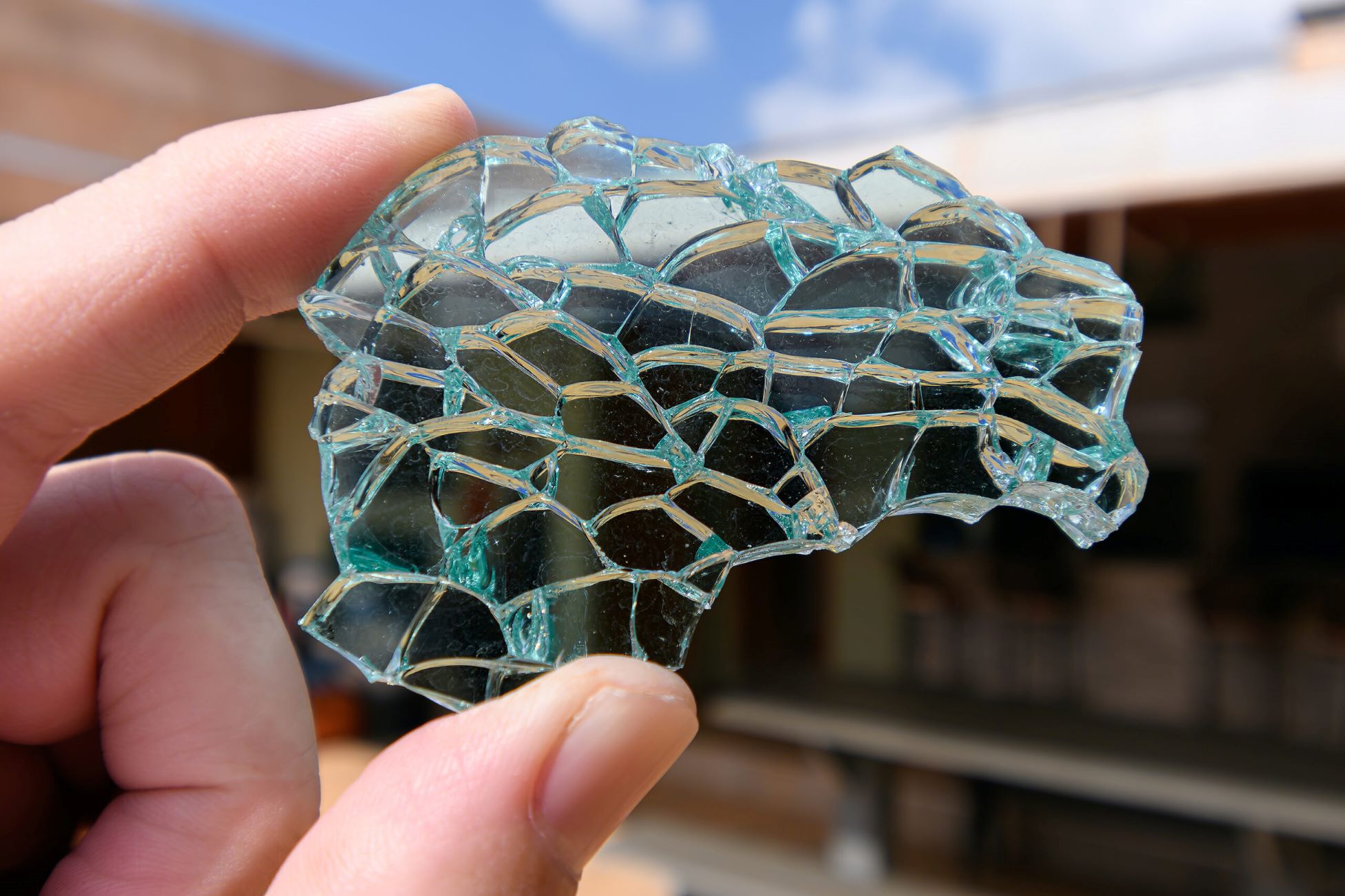
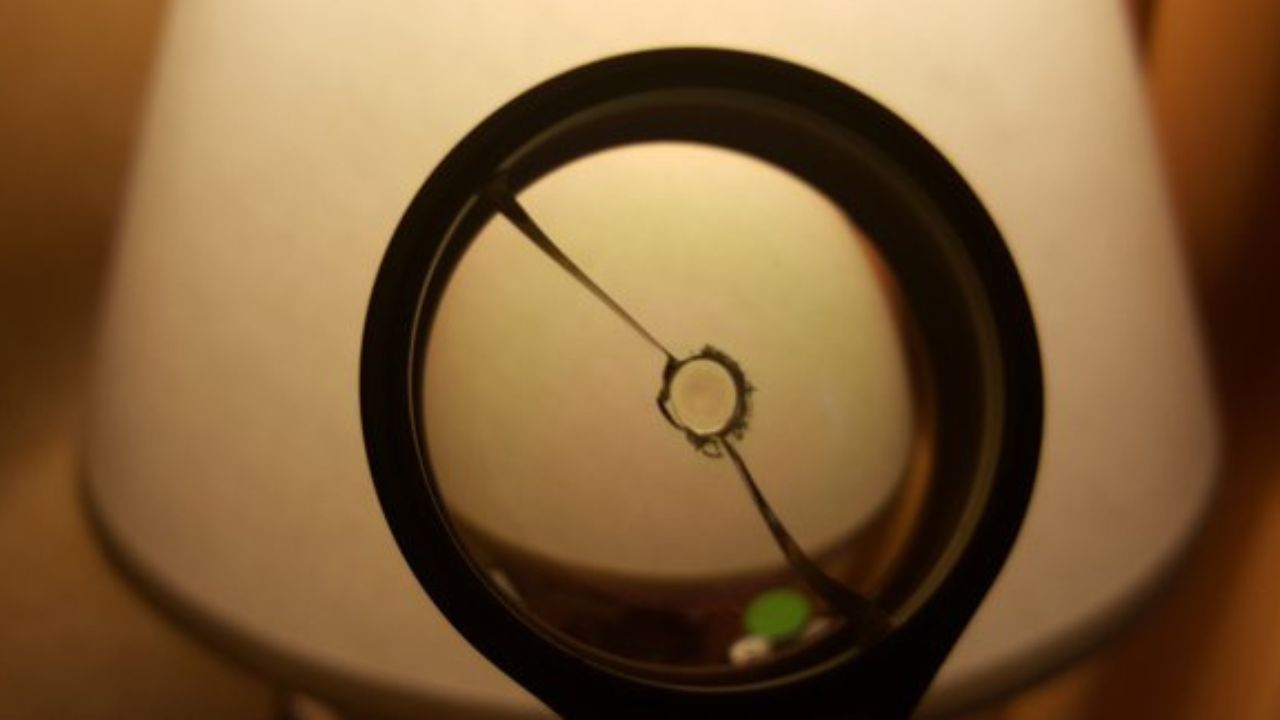
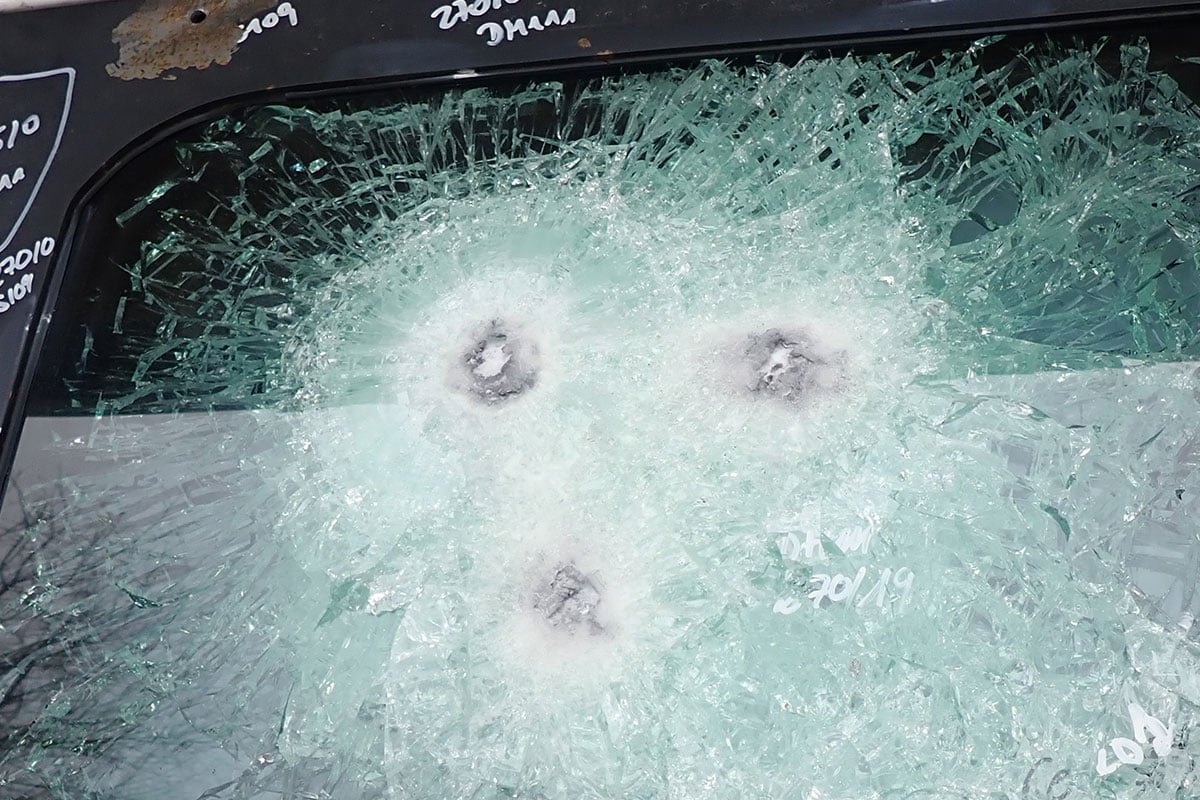

0 thoughts on “How To Break Glass Cleanly”